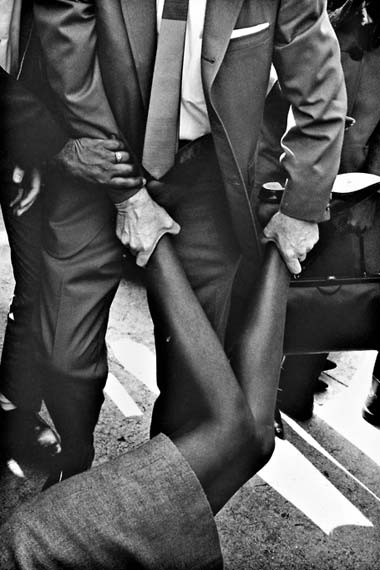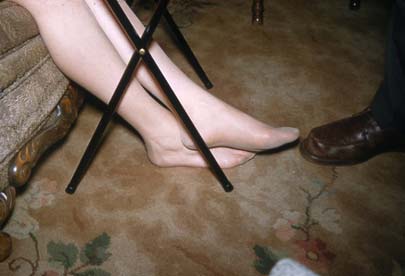I chill with Frankie Lyman and Jimmy Hendrix crew, see this is new to you
Why war? Darwinian explanations, such as the popular “demonic males” theory of Harvard anthropologist Richard Wrangham, are clearly insufficient. They can’t explain why war emerged relatively recently in human prehistory—less than 15,000 years ago, according to the archaeological record—or why since then it has erupted only in certain times and places.
Many scholars solve this problem by combining Darwin with gloomy old Thomas Malthus. “No matter where we happen to live on Earth, we eventually outstrip the environment,” the Harvard archaeologist Steven LeBlanc asserts. “This has always led to competition as a means of survival, and warfare has been the inevitable consequence of our ecological-demographic propensities.” Note the words “always” and “inevitable.”
LeBlanc is as wrong as Wrangham. Analyses of more than 300 societies in the Human Relations Area Files, an ethnographic database at Yale University, have turned up no clear-cut correlations between warfare and chronic resource scarcity. (…)
War is both underdetermined and overdetermined. That is, many conditions are sufficient for war to occur, but none are necessary. Some societies remain peaceful even when significant risk factors are present, such as high population density, resource scarcity, and economic and ethnic divisions between people. Conversely, other societies fight in the absence of these conditions. What theory can account for this complex pattern of social behavior?
The best answer I’ve found comes from Margaret Mead, who as I mentioned in a recent post is often disparaged by genophilic researchers such as Wrangham. Mead proposed her theory of war in her 1940 essay “Warfare Is Only an Invention—Not a Biological Necessity.” She dismissed the notion that war is the inevitable consequence of our “basic, competitive, aggressive, warring human nature.” This theory is contradicted, she noted, by the simple fact that not all societies wage war. War has never been observed among a Himalayan people called the Lepchas or among the Eskimos. In fact, neither of these groups, when questioned by early ethnographers, was even aware of the concept of war. (…)
Warfare is “an invention,” Mead concluded, like cooking, marriage, writing, burial of the dead or trial by jury. Once a society becomes exposed to the “idea” of war, it “will sometimes go to war” under certain circumstances.






















